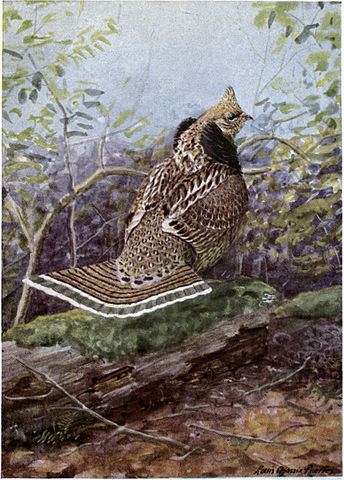
Category: Animals
Snake Dreaming
January 17, 2014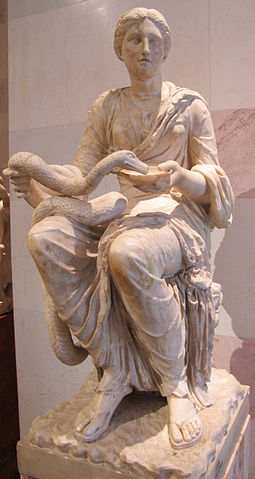
Snake Dreaming: A Free Teleseminar w/ Hearth and Susun Weed
January 12, 2014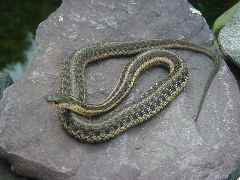 This teleseminar will be about snake healing and visioning. It is scheduled for this Wednesday, January 15th at 9:30 pm.Sign up here.
This teleseminar will be about snake healing and visioning. It is scheduled for this Wednesday, January 15th at 9:30 pm.Sign up here.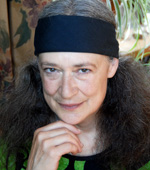
Owl Calls From Cornell Ornithology
December 26, 2013Radio Interview with Susun Weed
December 6, 2013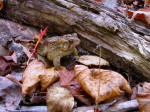 Susun Weed interviewed me about animal magic on her Wise Woman Radio program.
Susun Weed interviewed me about animal magic on her Wise Woman Radio program. Order Invoking Animal Magic on Amazon here,Or go to book website here.
Order Invoking Animal Magic on Amazon here,Or go to book website here.
 I still have three sections on Gunlog Fur’s A Nation of Women to share. The next will be about marriage (check back on December 13) and the final two about gender.
I still have three sections on Gunlog Fur’s A Nation of Women to share. The next will be about marriage (check back on December 13) and the final two about gender.
(Review) Tracking and the Art of Seeing: How to Read Animal Tracks & Sign by Paul Rezendes
September 27, 2013![]() Related to the issue of how to see, which is the subject of natural vision, is the idea of what to see or what to look for. Since our visual field is so crowded, we must necessarily be selective in what we take notice of. Yet modern humans have developed an insouciance about the natural environment which reflects a belief that there is nothing important to take notice of.A coyote on his daily trot through highly familiar territory gleans a great deal of information about what has transpired since he last made the rounds. He knows not only what types of animals have passed through, but how long ago they were there, where they came from, where they went, and what they did in that particular spot. True, a lot of the coyote’s information comes from his superior sense of smell, which we cannot hope to emulate, but with our primary tool of perception, our vision, we can also discern these stories. Seeing an animal is a gift, yet recognizing the signs of an animal traversing the vicinity is also valuable information that can lead to future sightings. And identifying the name of the animal is only part of the equation; the signs also point to a story about that animal.
Related to the issue of how to see, which is the subject of natural vision, is the idea of what to see or what to look for. Since our visual field is so crowded, we must necessarily be selective in what we take notice of. Yet modern humans have developed an insouciance about the natural environment which reflects a belief that there is nothing important to take notice of.A coyote on his daily trot through highly familiar territory gleans a great deal of information about what has transpired since he last made the rounds. He knows not only what types of animals have passed through, but how long ago they were there, where they came from, where they went, and what they did in that particular spot. True, a lot of the coyote’s information comes from his superior sense of smell, which we cannot hope to emulate, but with our primary tool of perception, our vision, we can also discern these stories. Seeing an animal is a gift, yet recognizing the signs of an animal traversing the vicinity is also valuable information that can lead to future sightings. And identifying the name of the animal is only part of the equation; the signs also point to a story about that animal.


Seeing More Clearly
September 20, 2013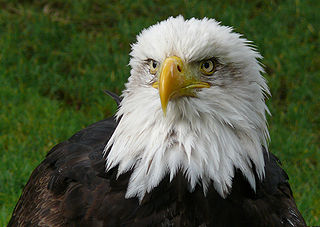
Animal Stories and Spirit Journeys
September 13, 2013![]() Interview on Attune Magazine with Mary Nale and ReeNee Cummins.This interview is about an hour. We talk about some of the basics of animal magic. What is Euro-shamanism? How does it relate to healing? How do I interpret my experiences with animals? Also some discussion of owls, spiders, snakes and alligators.
Interview on Attune Magazine with Mary Nale and ReeNee Cummins.This interview is about an hour. We talk about some of the basics of animal magic. What is Euro-shamanism? How does it relate to healing? How do I interpret my experiences with animals? Also some discussion of owls, spiders, snakes and alligators.
Riddles
August 30, 2013What has been around billions of years, yet is less than a month old?
Back when I was doing child psychotherapy, I liked to read a “Mickey Mouse Joke Book” with a child I was getting to know. It contained a lot of riddles and silly puns that the children usually enjoyed. I would pretend not to “get” the joke and let the child explain it to me, and in this way I discovered something about the child’s cognitive development.Riddles are an effective teaching tool because they thoroughly engage the mind. Most advanced spiritual paths and systems of magic employ riddles as well as puns and metaphors. They aid with memory and concentration and enliven understanding.
Recently I acquired a book on Home Games and Parties, first published in 1891, that has some interesting flower riddles. What flower or plant:Is a Roman numeral?Is a very gay and ferocious animal?Is its own doctor?Has fragrant letters?Is a sunny physician?Flies in the air but is part of a boot?Another form of the riddle is the story that on the surface makes no sense. When Cormac mac Airt travels to the Land of Promise, he meets a party that is roasting a pig without any visible source of flame. The group tells him that a quarter of the pig will be cooked for every truth that is told. The anecdote naturally sets the mind to ponder on the nature of truth.Often the riddle is in the form of a poem, such as the famous Song of Amergin, which begins in the Robert Graves translationI am a stag: of seven tines,I am a flood: across a plain,I am a wind: on a deep lake,I am a tear: the Sun lets fall,I am a hawk: above the cliff,I am a thorn: beneath the nail,I am a wonder: among flowers,I am a wizard: who but ISets the cool head aflame with smoke?Riddles can also be nonverbal. The most famous visual riddle is the “Three Hares” picture. (Hint: Look at the ears.)
Quintessential Pagan: An Interview with Hearth on North Country Public Radio
August 23, 2013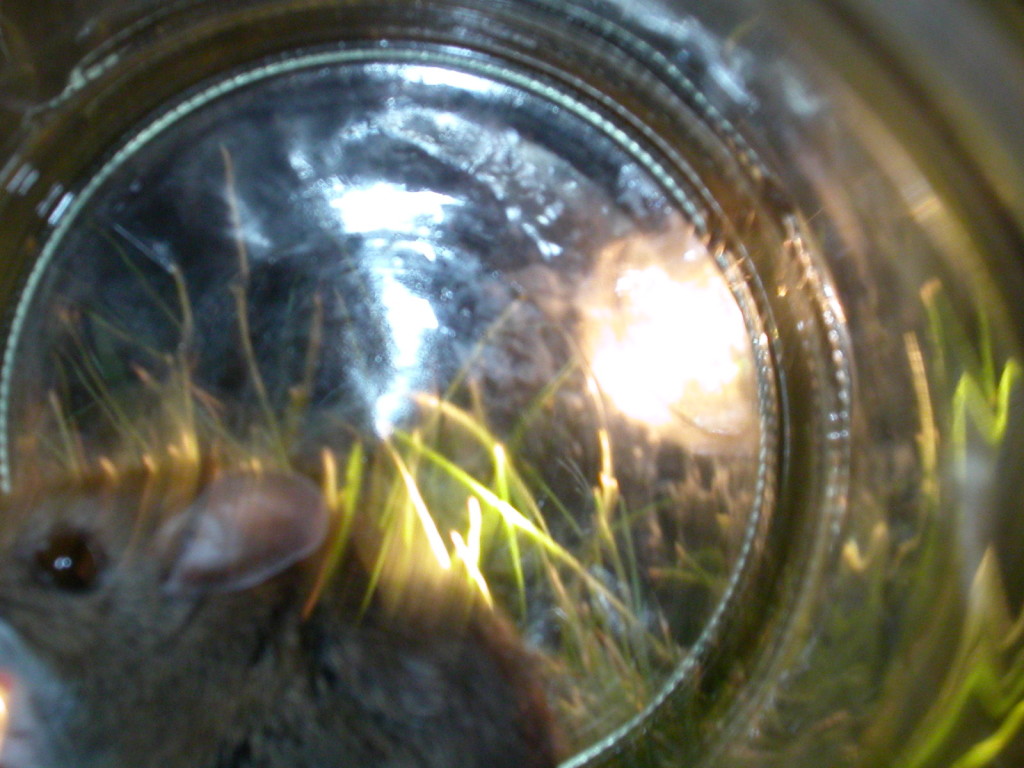 Quintessence1. the pure and concentrated essence of a substance.2. the most perfect embodiment of something.3. (in ancient and medieval philosophy) the fifth essence or element, ether, supposed to be the constituent of the heavenly bodies, the others being air, fire, earth, and water.–Random House DictionaryIn this short (seven and half minute) interview Todd Moe asks the basic questions, What is Paganism? What is animal magic? How does it relate to shamanism?
Quintessence1. the pure and concentrated essence of a substance.2. the most perfect embodiment of something.3. (in ancient and medieval philosophy) the fifth essence or element, ether, supposed to be the constituent of the heavenly bodies, the others being air, fire, earth, and water.–Random House DictionaryIn this short (seven and half minute) interview Todd Moe asks the basic questions, What is Paganism? What is animal magic? How does it relate to shamanism?
